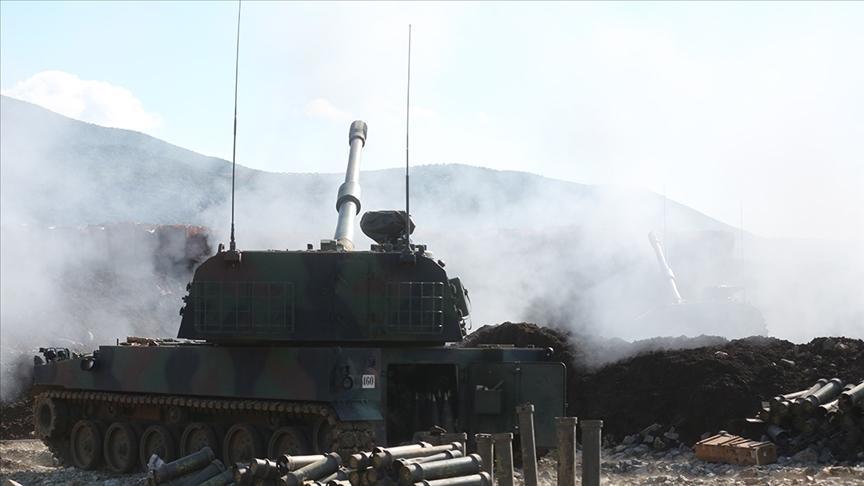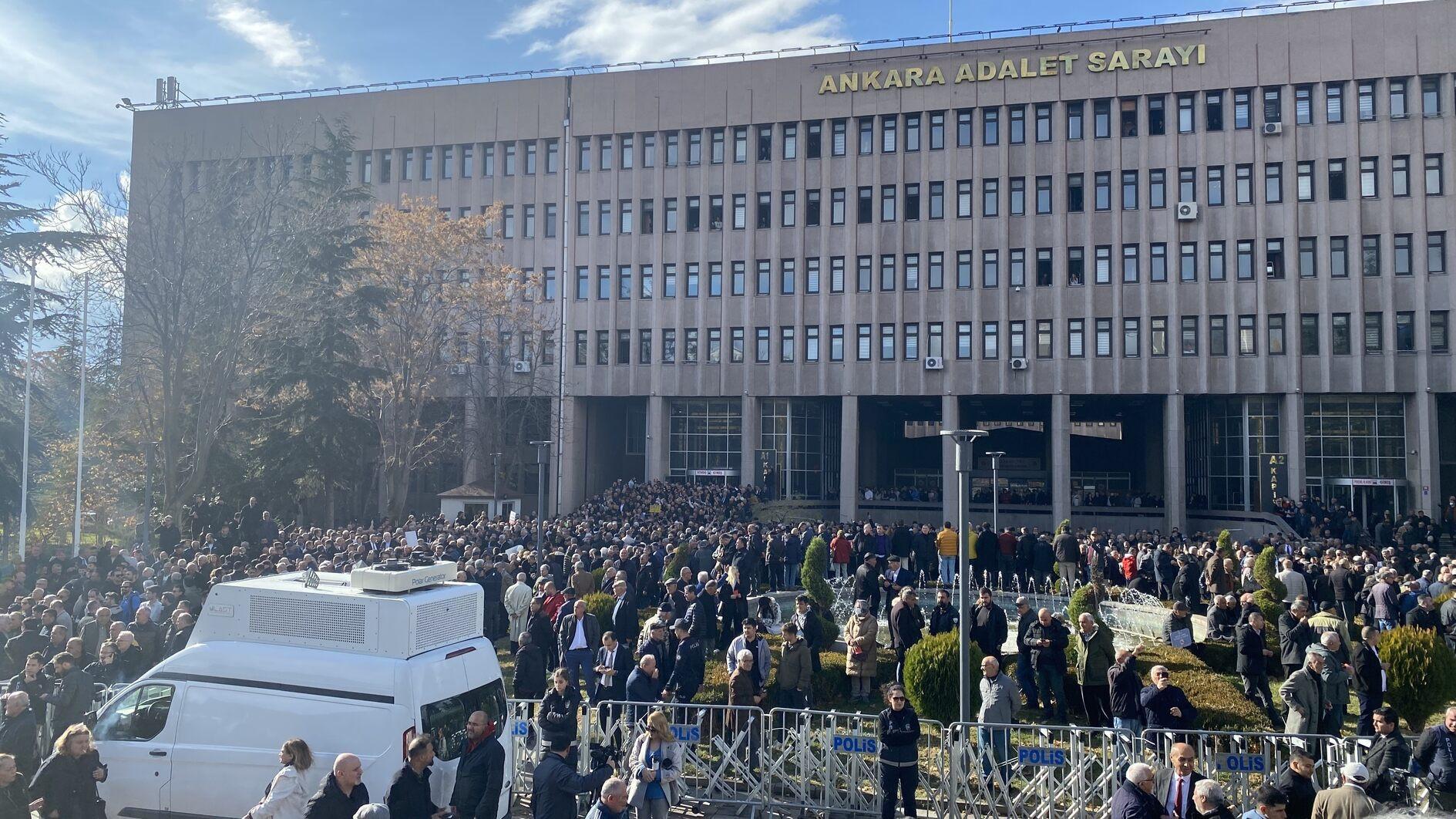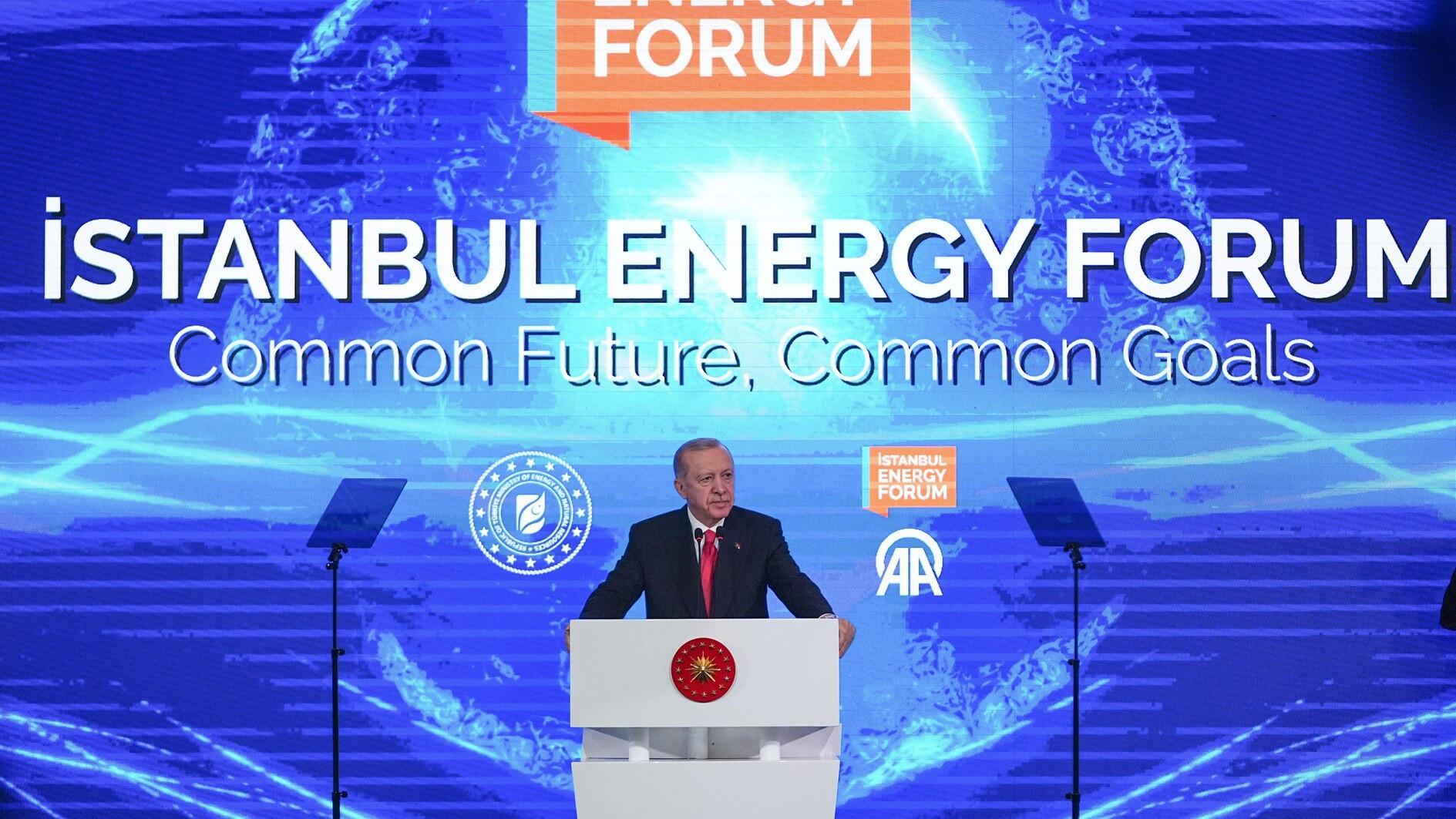Higher costs in fight against ISIL
PETER VAN BUREN
The United States unveiled a new strategy last week in its war against ISIL. For the first time, American military advisors will be on the ground in Syria, existing advisors in Iraq will be moved closer to the front lines, and American special forces will be sent into direct combat in both locations.These new moves increase the likelihood that more Americans will die in the fight, much as the nation saw two weeks ago with the death of Delta Force operator Joshua Wheeler in Iraq (others have been wounded.) The changes will also increase the monetary cost of the war against ISIL. The United States has spent more than $2.7 billion so far, with the average daily cost around $9 million.
It’s easy to stop there, and think only in terms of the price the United States is paying in blood and treasure for the war against Islamic State. But the costs should also be measured in the chaos the war has spawned, and in the additional problems for American foreign policy it has created.
Syria is the locus of the chaos. At one point, the key American goal in Syria was to depose Bashar al-Assad, partly because he was bombing his own people. Those same people now suffer attacks from the air and the ground by the United States, Russia, Britain, Jordan, Turkey, France, Canada, Australia, Iran, a handful of Gulf nations, and ISILand its cohorts.
The result? Vast areas of Syria have been reduced to rubble, more than 240,000 people have died in the conflict, and nearly 12 million people — half the country’s population — have been driven from their homes.
The many players in the conflict seem to be following the Vietnam War-era strategy of “destroying Syria in order to save it.” The some-day reconstruction will be expensive, though it is unclear who will pay that bill.
In Iraq, the United States’ fight against ISIL has meant an acceptance of Iranian leadership, special operators, and weapons inside same the nation Americans died “saving” only a few years ago. The growing Iranian influence is closely coupled with American acceptance of Shiite militias now in the field, after the Iraqi Army ran away from Islamic State. The growing Iranian influence will be hard to contain throughout the region; the United States, for example, has had to invite Iran to join a new round of Syrian peace talks. That grants Iran a say in the outcome, and Iran supports Assad.
And there is Russia, who, under the loose cover of fighting Islamic State, quickly re-established itself as a military force in the heart of the Middle East. It is difficult to imagine them leaving. Until now, the United States has had a relatively free hand in the area as no one had the military power to seriously challenge an American move. Any significant change in Syria is now subject to a Putin veto, and with that Putin has some new diplomatic bargaining chips to spend elsewhere in the world.
Meanwhile, ISIL remains as strong as it has ever been, with American actions serving as its best recruitment tool.
“Defeating ISIL” is far too simplistic a regional strategy. Increasing American military engagement seems unlikely to lessen the chaos, or ameliorate the foreign policy challenges. It is an expensive escalation with little hope of a payoff. And who can really afford that?
Peter Van Buren is a Reuters columnist.











